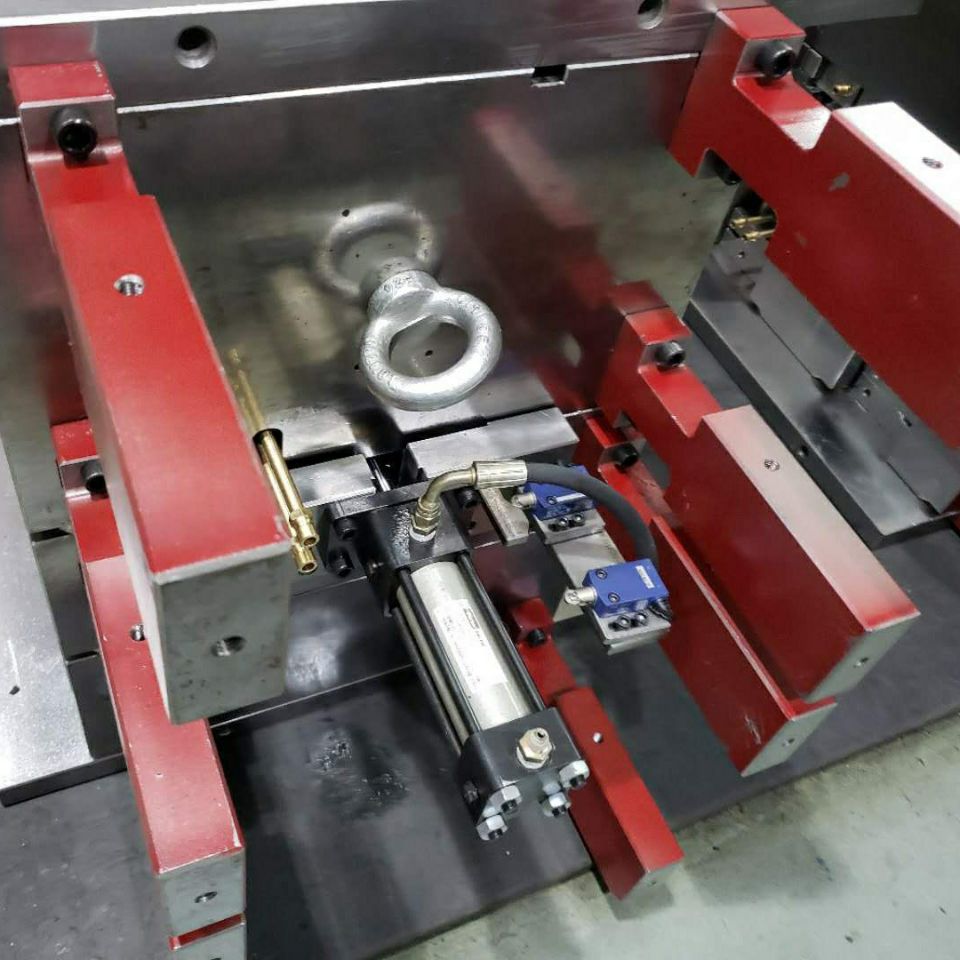Contract manufacturing is a process under which a company does not manufacture its products. The production activities are outsourced to contract manufacturers. Contract manufacturers are those who manufacture other company’s products on a contract basis.
Contract manufacturers are expert persons in the production process. Companies put their own label and packaging on the products manufactured by contract producers.
Companies provide full details like types and specifications of products it wants to the outsourcing manufacturers. Sometimes the company even provides the raw materials to the outsourcing manufacturers.
There are some standards decided and explained to the outsourcing producers by companies. These standards are used for inspection of goods manufactured by another manufacturer.
Products are required to pass these standards during inspection. Contract manufacturing is beneficial for the company as it helps in minimizing cost and focusing on more functional areas.
Advantages of Contract Manufacturing
Economies Of Scale
Contract manufacturing helps in minimizing the cost of production for the company. Under this, the company does not manufacture its products itself. Rather the production activities are outsourced to other manufacturers.
These manufacturers produce large amount of products for different customers. This helps them in acquiring cheap materials in bulk and takes advantage of economies of scale. The more they produce the less the cost would be.
More Focus On Selling Activities
Contract manufacturing helps companies in paying attention to functional areas. Selling of products is important task for the businesses. It needs to face tough competition in the market to survive. Companies, through outsourcing of its production activities, get more time to focus on these activities.
Quality Products
Under contract manufacturing, products are not manufactured by the company itself. Companies basically outsource their production activities to contract manufacturers. These manufacturers are highly skilled and expert in production activities.
They produce high-quality products at lower costs. This helps companies to provide good quality products to its customers.
Saving Cost
Contract manufacturing helps the companies in saving huge capital required for setting up the production process. Companies are not required to invest large amount in production plants and several other types of equipment.
It saves the company cost of labour involved in paying wages and training. Thus the companies outsource their production activities to low-cost countries.
Easy Entry In Markets
There are various trade barriers in many countries to perform business there. Companies cannot enter and sell their products there. Under contract manufacturing, it becomes easy for companies to enter into different countries.
They give the contract to the manufacturers in different countries producing their products. It helps in entering different markets.
Disadvantages of contract manufacturing
Quality Issues
This is one of the risks involved in contract manufacturing. It is essential for companies to inspect the products manufactured by contract manufacturers. They need to develop certain standards for testing of their products. Contract manufacturers may not produce products meeting the required standards.
Lacks Control
Under contract manufacturing, companies lose control over production activities. Contract manufacturers produce products as per their skills. Companies may not be able to control or directs manufacturers for the production of their products.
It is also possible that contract manufacturers are not able to deliver the required product.
Lack Of Flexibility
Companies under contract manufacturing lose the ability to respond to market conditions. There are always great fluctuations in the market regarding the demand for its products. Companies do not have direct control over production activities.
They cannot affect its supply chain. It becomes difficult for them to fulfil their customer’s demands.
Delay In Delivery
Contract manufacturers are those who are expert in production activities. These manufacturers produce products not of one company but of different companies.
They carry production activities on a large scale. Sometimes, due to workload, they may not be able to produce the company’s products on time.
Outsourcing Problems
Under outsourcing, companies contact manufacturers of different countries. These manufacturers are basically of low-cost countries. Different countries have different cultures, traditions, language and lead times.
This difference among countries makes it difficult for companies to manage its contract manufacturers.






